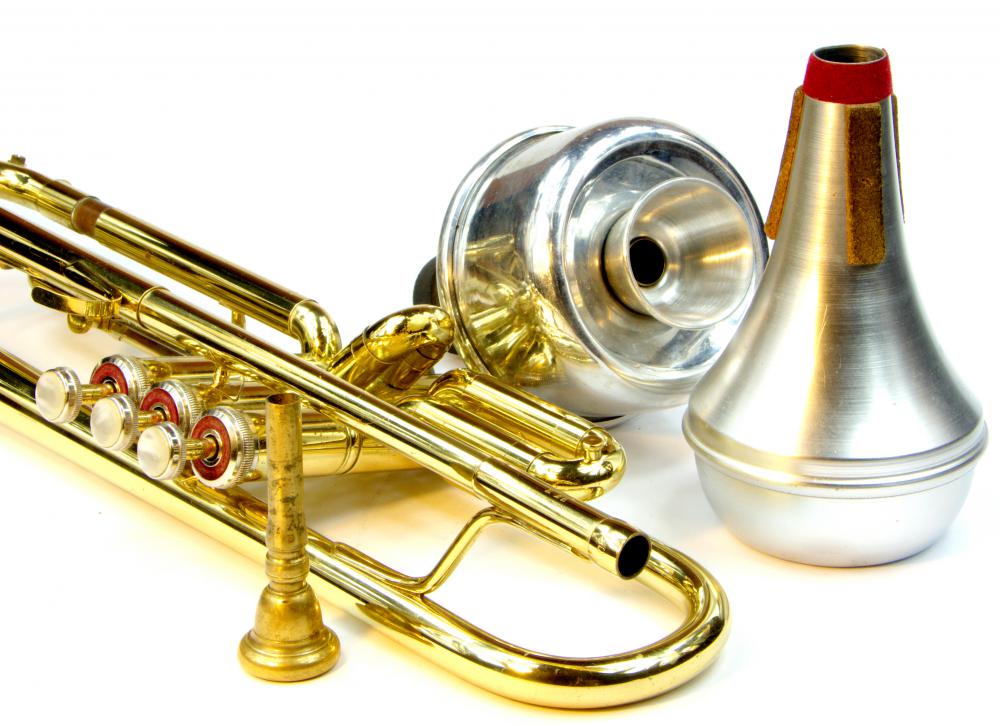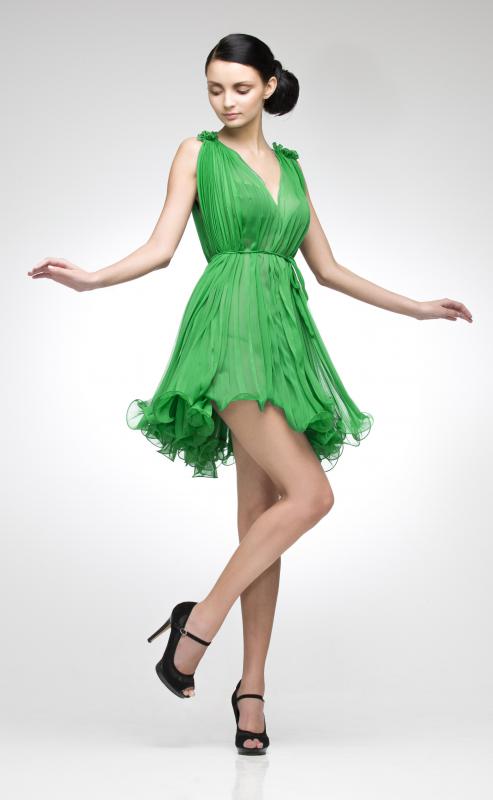At WiseGEEK, we're committed to delivering accurate, trustworthy information. Our expert-authored content is rigorously fact-checked and sourced from credible authorities. Discover how we uphold the highest standards in providing you with reliable knowledge.
What Is a Swing Orchestra?
Also known as the Big Band Era or Jazz Age, the swing orchestra reigned during the only time in America when a form of jazz was the most popular genre of music. The band was marked by a loud rhythm section with a drum kit and bass, backing up a mini-symphony of brass like trumpets and woodwinds like the saxophone. The band leader reigned from center stage, introducing solo performers and keeping the crowd involved.
As in the case with Louis Armstrong on trumpet, Benny "King of Swing" Goodman on clarinet, or Count Basie on piano or drums, the bandleader often performed along with the swing orchestra and were often the most famous member. He or she would pause only for between-song banter and to redirect the music, which was said to "swing" or roll naturally through each melody. As opposed to many earlier and later jazz forms, the swing orchestra followed each song's basic form, with improvisation left primarily for the soloists and singers. This made dancing easier and led to the dance-hall domination of swing.

Many point to Benny Goodman & His Orchestra as the first swing band, with its appearance in 1935 at Los Angeles' Pallomar Ballroom. This may have been when white audiences caught on to the danceable form, but it was Chick Webb, an African American, who gets much of the credit, when he debuted the form four years earlier in a Harlem wracked by the Great Depression. A similar phenomenon occurred a few decades later when Elvis Presley brought white people into the fold of rhythm and blues, another African American creation.

Swing music was born as a more organized, staged form of jazz in the mid-1930s, popularized on radio, stage and records by swing band leaders like Duke Ellington, Benny Goodman and Glenn Miller. Swing not only gained popularity through stateside radio and dance halls; it was the main music export to U.S. troops overseas on Armed Forces Radio and in USO shows. When soldiers returned home, this art form began to peter out.

Audiences soon started to favor the pop crooning style of artists like Frank Sinatra, and traveling with giant orchestras became too expensive. The swing orchestra and its mostly upbeat, melodic sound fell out of favor at the end of World War II in 1945, but not before creating millions more fans for the jazz form that gave it life. The genre continues to this day with several regional acts keeping the old style alive, while injecting it with newer flavors from sources like rock 'n' roll, blues and salsa.
AS FEATURED ON:
AS FEATURED ON:















Discuss this Article
Post your comments